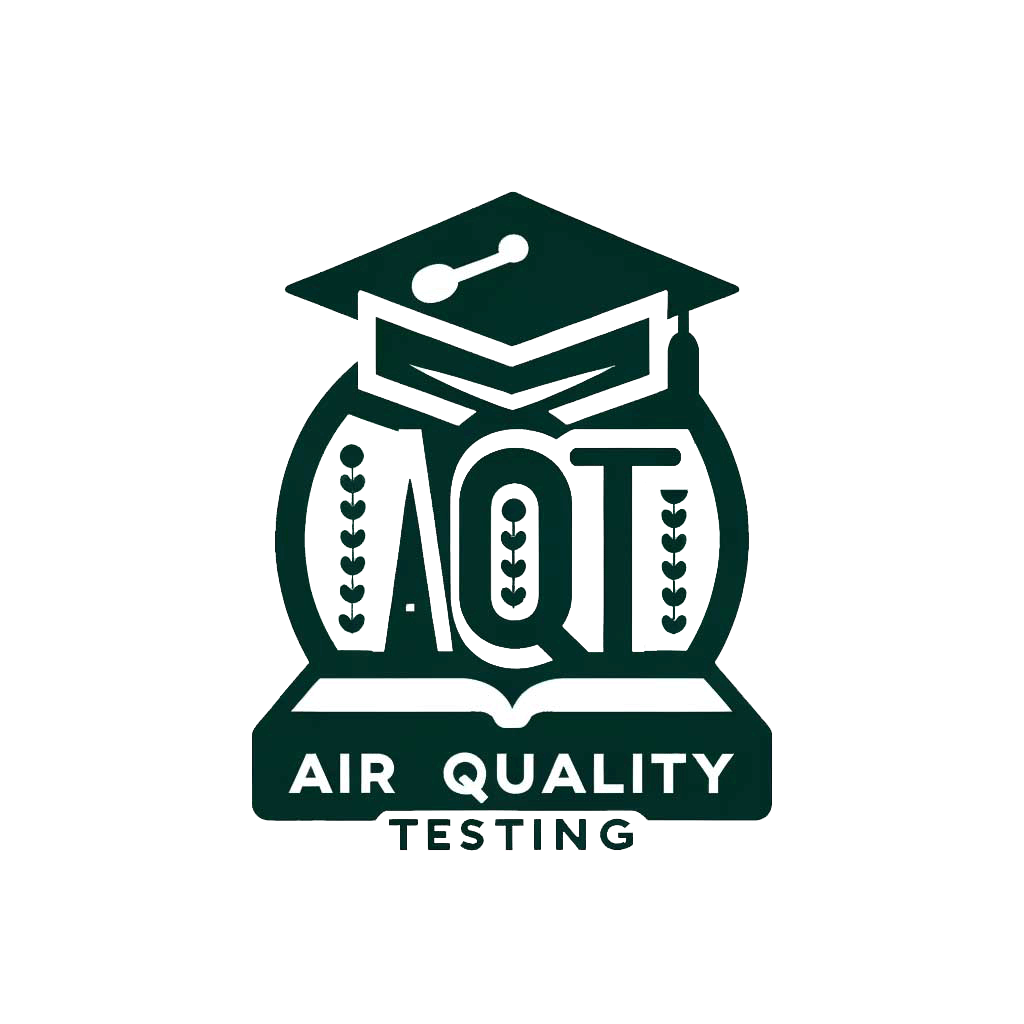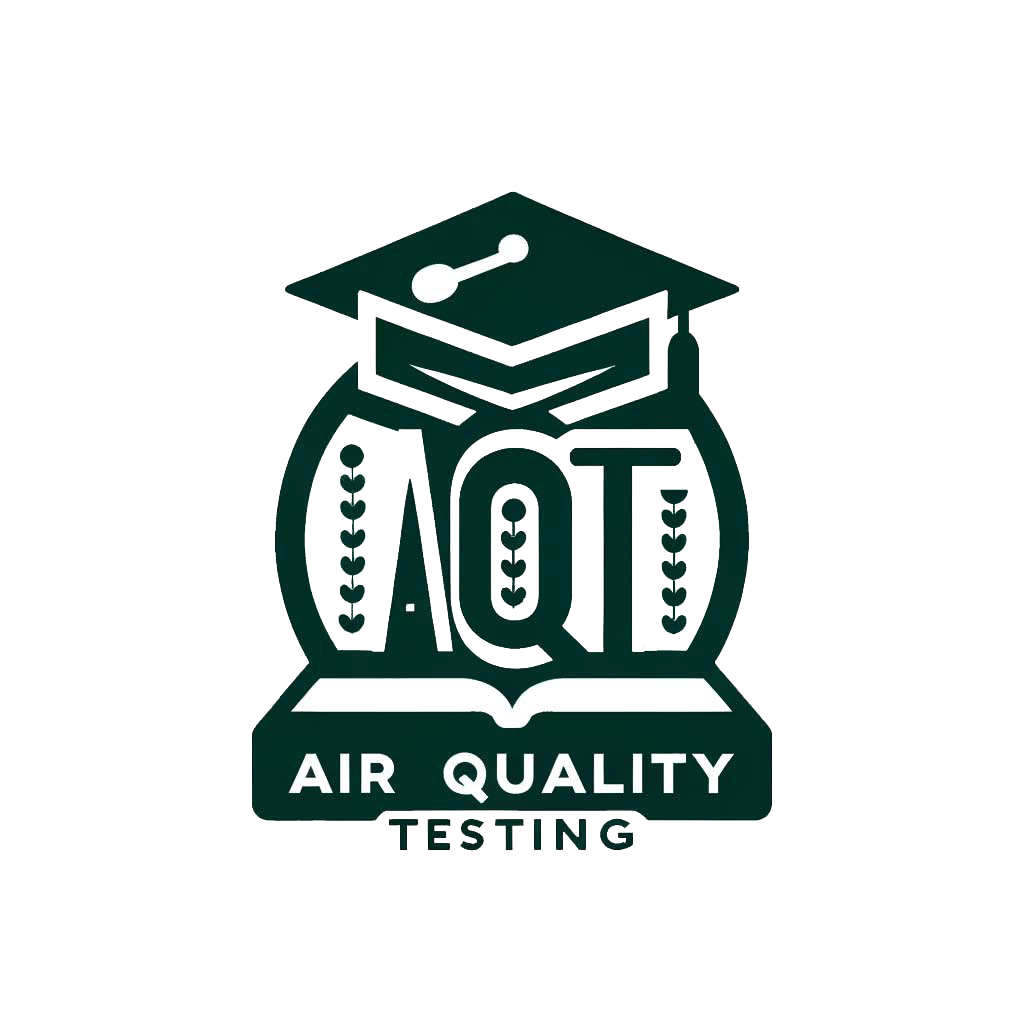Air Quality Testing


Testing Methods
Understanding the various methods used for testing indoor air quality is crucial for accurately identifying and addressing potential air quality issues. This section delves into the common techniques such as air sampling, surface sampling, and particle counting, offering insights into how these methods work and their applications.
Indoor Air Quality Testing Methods
Air Sampling
- What it is: Air sampling involves collecting air samples from indoor spaces to analyze them for pollutants. This method is used to identify and quantify airborne contaminants.
- How it works: Air is drawn into a collection device over a specific period. The collected samples are then analyzed in a laboratory to identify and measure pollutants like VOCs, mold spores, or asbestos.
- Applications: This method is widely used in homes, offices, and industrial settings to assess air quality and ensure it meets health and safety standards.
Surface Sampling
- What it is: Surface sampling involves collecting samples from surfaces such as walls, floors, or ducts to test for contaminants that settle out of the air.
- How it works: Techniques include swabbing, tape lifting, or other methods to collect potential contaminants from surfaces. These samples are then analyzed under a microscope or through chemical analysis to identify mold, dust, or chemical residues.
- Applications: Surface sampling is crucial in mold remediation, allergen testing, and in situations where contamination of surfaces is a concern.
Particle Counting
- What it is: Particle counting measures the number and size of particles in the air. This method is used to assess air cleanliness and filter performance.
- How it works: A particle counter device draws in air and counts the number of particles, usually categorizing them by size. These devices can provide real-time, direct readings of particulate levels in the air.
- Applications: Particle counting is commonly used in environments where air purity is critical, such as cleanrooms, hospitals, and manufacturing facilities. It’s also used for HVAC system testing and air filter performance evaluation.
Conclusion
Indoor air quality testing is a multifaceted field, employing various methods to ensure that the air we breathe indoors is safe and healthy. Whether it’s through air sampling, surface sampling, or particle counting, each method plays a crucial role in identifying different types of pollutants and informing appropriate mitigation strategies. By understanding and utilizing these testing methods, individuals and businesses can take proactive steps to maintain high indoor air quality standards, contributing to the overall well-being and productivity of occupants.
Outdoor Air Quality Testing
Outdoor air quality testing is a critical aspect of environmental monitoring, playing a significant role in understanding and controlling the quality of the air we breathe both outside and inside buildings. This section will cover the importance of monitoring outdoor air quality and its direct relevance to indoor air environments.
Understanding Outdoor Air Quality Testing
What it is: Outdoor air quality testing involves measuring pollutants in the atmosphere to assess the cleanliness and safety of the air in outdoor environments. This type of testing is crucial for detecting and quantifying pollutants that can affect health and the environment.
How it works: Various methods and devices are used to monitor outdoor air quality. These can include stationary monitoring stations that continuously measure air quality in specific locations, as well as portable devices and satellite monitoring for broader coverage. Commonly measured pollutants include particulate matter (PM2.5 and PM10), nitrogen dioxide (NO2), sulfur dioxide (SO2), carbon monoxide (CO), and ozone (O3).
Applications: Outdoor air quality testing is essential for environmental monitoring, public health, and regulatory compliance. Data from these tests inform policies and regulations aimed at reducing air pollution and its health impacts. It also plays a role in urban planning, traffic management, and industrial regulation.
Relevance to Indoor Air Quality
Infiltration of Outdoor Pollutants: Pollutants from outdoor air can infiltrate indoor spaces through ventilation systems, doors, and windows. Understanding outdoor air quality is crucial for managing indoor air quality, especially in areas with high levels of outdoor pollution.
Impact on Health and Comfort: The quality of outdoor air directly affects the health and comfort of individuals. Poor outdoor air quality can exacerbate indoor air quality issues, leading to respiratory problems, allergies, and other health concerns.
Guiding Indoor Air Quality Management: Monitoring outdoor air quality helps in making informed decisions regarding indoor air quality management. This can include adjusting ventilation rates, using air purification systems, and scheduling outdoor activities when air quality is better.
Conclusion
Outdoor air quality testing is not just about understanding the air outside; it’s about comprehensively managing air quality both outdoors and indoors. By closely monitoring and addressing outdoor air pollution, we can better control the quality of indoor air, ensuring healthier, safer environments for everyone. As our awareness and technology improve, so does our ability to protect and enhance the air quality in our communities, making a profound impact on public health and the environment.
Advanced Testing Technologies
In the realm of air quality testing, advancements in technology have led to the development of more precise, efficient, and comprehensive methods. These cutting-edge technologies not only enhance our ability to detect and analyze pollutants with greater accuracy but also offer innovative solutions for monitoring and improving air quality. This section explores the forefront of these technologies and their transformative impact on air quality testing.
Cutting-edge Technologies in Air Quality Testing
Sensor Technology
- What it is: Sensor technology has revolutionized air quality monitoring by allowing for real-time, continuous tracking of pollutants. These sensors are becoming smaller, more affordable, and more sensitive, enabling widespread use in various environments.
- Advancements: Modern sensors can detect a wide range of pollutants at lower concentrations. Smart sensors also integrate with IoT (Internet of Things) devices, allowing for remote monitoring and data analysis, enhancing the responsiveness to air quality changes.
Drone Monitoring
- What it is: Drones equipped with air quality monitoring instruments can collect data in hard-to-reach areas or over large regions. This technology is particularly useful for assessing pollution levels in complex environments and disaster sites.
- Advancements: Drone technology enables rapid, flexible, and comprehensive air quality assessment. The mobility of drones allows for the collection of air samples at different altitudes and locations, providing a detailed analysis of air quality in real time.
Satellite Remote Sensing
- What it is: Satellite remote sensing involves using satellite imagery to monitor air quality over vast geographic areas. This method is useful for tracking large-scale air pollution trends and identifying sources of pollutants.
- Advancements: Recent improvements in satellite imaging technologies have increased the precision and resolution of air quality data. Satellites can now monitor specific pollutants, providing valuable data for climate research and public health monitoring.
Machine Learning and Big Data Analytics
- What it is: Machine learning algorithms and big data analytics are used to process and analyze vast amounts of air quality data. These technologies can identify patterns, predict trends, and provide insights into the factors affecting air quality.
- Advancements: The integration of machine learning with air quality monitoring technologies allows for predictive modeling and real-time decision-making. This helps in proactive air quality management and in formulating effective environmental policies.
Conclusion
Advanced testing technologies are setting new standards in air quality monitoring, offering unprecedented precision, efficiency, and scope. From smart sensors to drone monitoring, satellite remote sensing, and the application of machine learning and big data analytics, these innovations are not just enhancing our understanding of air quality but are also empowering individuals, communities, and policymakers to take informed actions. As these technologies continue to evolve, they promise a future where clean, safe air is an accessible reality for all.
frequently asked questions
Is duct cleaning always necessary for better indoor air quality?
Answer: Duct cleaning can be beneficial, but its necessity depends on various factors. Consult a professional for personalized recommendations.
Can duct cleaning harm my HVAC system?
Answer: With proper techniques and equipment, duct cleaning should not harm your HVAC system. Always choose a reputable service provider.
Will duct cleaning solve all my indoor air quality issues?
Answer: Duct cleaning is part of indoor air quality maintenance, but other factors should also be considered for comprehensive improvement.
How can I avoid falling for duct cleaning scams?
Answer: Research companies, check for certifications, and compare multiple quotes to avoid falling victim to scams.
Can I DIY duct cleaning to save money?
Answer: DIY duct cleaning is not recommended, as it may lack the thoroughness and effectiveness of professional cleaning.
Is duct cleaning suitable for all homes?
Answer: Duct cleaning is suitable for many homes, but its necessity varies based on individual circumstances.
What if I am unsure about the need for duct cleaning?
Answer: Consult a professional to assess your situation and receive unbiased advice regarding duct cleaning.
Will duct cleaning eliminate all contaminants from my ducts?
Answer: Duct cleaning can reduce contaminants, but it may not eliminate them entirely. Regular maintenance is essential for continued cleanliness.
How can I ensure I make an informed decision about duct cleaning?
Answer: Evaluate your specific needs, consult a professional for unbiased recommendations, and consider other indoor air quality measures to make a well-informed choice about duct cleaning.
Are there alternative solutions to duct cleaning for improving indoor air quality?
Answer: Yes, there are other indoor air quality solutions, such as air purifiers, regular cleaning, and lifestyle adjustments, that can complement duct cleaning if needed.



 IAQA
IAQA 


